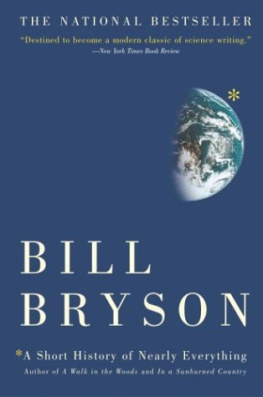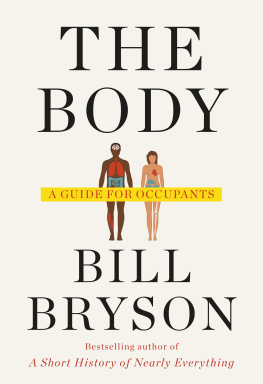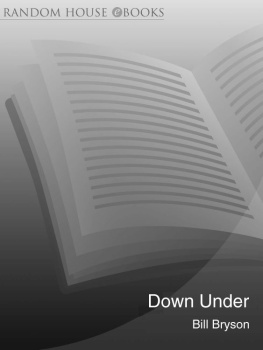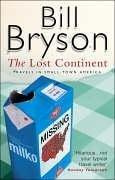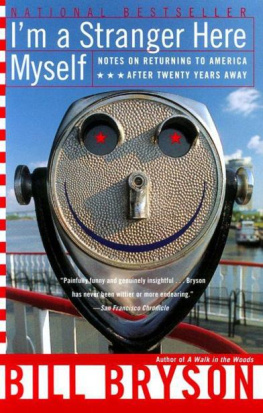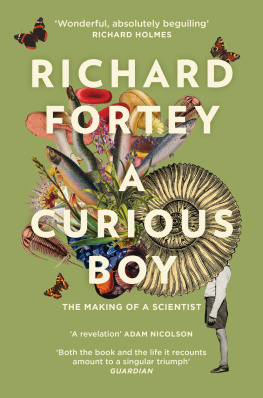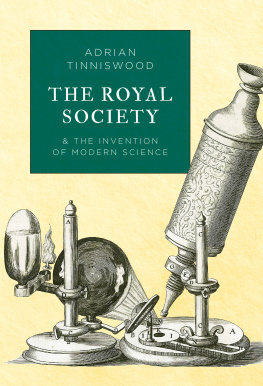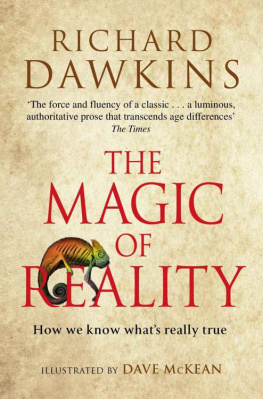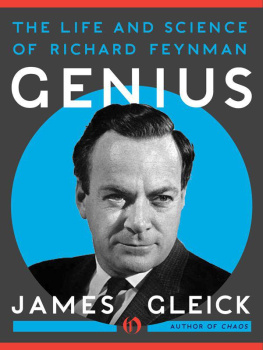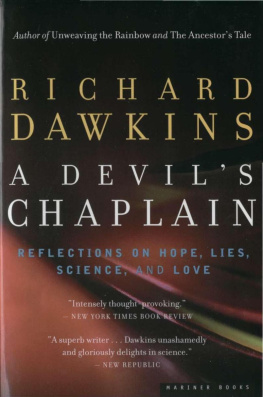E DITED & I NTRODUCED BY
B ILL B RYSON
C ONTRIBUTING E DITOR J ON T URNEY
S EEING
F URTHER
T HE S TORY OF S CIENCE ,
D ISCOVERY, AND THE G ENIUS
OF THE R OYAL S OCIETY

CONTENTS
INTRODUCTION
Bill Bryson is the internationally bestselling author of The Lost Continent, Mother Tongue, Neither Here Nor There, Made in America, Notes from a Small Island, A Walk in the Woods, Notes from a Big Country, Down Under, The Life and Times of the Thunderbolt Kid and A Short History of Nearly Everything, which was shortlisted for the Samuel Johnson Prize, won the Aventis Prize for Science Books in 2004, and was awarded the Descartes Science Communication Prize in 2005.
I CAN TELL YOU AT ONCE THAT MY FAVOURITE FELLOW OF THE R OYAL S OCIETY WAS THE R EVEREND T HOMAS B AYES, FROM T UNBRIDGE W ELLS IN K ENT, WHO LIVED FROM ABOUT 1701 TO 1761. H E WAS BY ALL ACCOUNTS A HOPELESS PREACHER, BUT A BRILLIANT MATHEMATICIAN. AT SOME POINT IT IS NOT CERTAIN WHEN HE DEVISED THE COMPLEX MATHEMATICAL EQUATION THAT HAS COME TO BE KNOWN AS THE BAYES THEOREM, WHICH LOOKS LIKE TH IS:

People who understand the formula can use it to work out various probability distributions or inverse probabilities, as they are sometimes called. It is a way of arriving at statistical likelihoods based on partial information. The remarkable feature of Bayes theorem is that it had no practical applications in his own lifetime. Although simple cases yield simple sums, most uses demand serious computational power to do the volume of calculations. So in Bayes day it was simply an interesting but largely pointless exercise.
Bayes evidently thought so little of his theorem that he didnt bother to publish it. It was a friend who sent it to the Royal Society in London in 1763, two years after Bayes death, where it was published in the Societys Philosophical Transactions with the modest title of An Essay Towards Solving a Problem in the Doctrine of Chances. In fact, it was a milestone in the history of mathematics. Today, with the aid of supercomputers, Bayes theorem is used routinely in the modelling of climate change and weather forecasting generally, in interpreting radiocarbon dates, in social policy, astrophysics, stock market analysis, and wherever else probability is a problem. And its discoverer is remembered today simply because nearly 250 years ago someone at the Royal Society decided it was worth preserving his work, just in case.
The Royal Society has been doing interesting and heroic things like this since 1660 when it was founded, one damp weeknight in late November, by a dozen men who had gathered in rooms at Gresham College in London to hear Christopher Wren, twenty-eight years old and not yet generally famous, give a lecture on astronomy. It seemed to them a good idea to form a Society that is all they called it at first to assist and promote the accumulation of useful knowledge.
Nobody had ever done anything quite like this before, or would ever do it half as well again. The Royal Society (it became royal with the granting of a charter by Charles II in 1662) invented scientific publishing and peer review. It made English the primary language of scientific discourse, in place of Latin. It systematised experimentation. It promoted indeed, insisted upon clarity of expression in place of high-flown rhetoric. It brought together the best thinking from all over the world. It created modern science.
Nothing, it seems, was beneath its attention. Society members took an early interest in microscopy, woodland management, architectural load bearing, the behaviour of gases, the development of the pocket watch, the thermal expansion of glass. Before most people had ever tasted a potato, the Royal Society debated the practicality of making it a staple crop in Ireland (ironically, as a hedge against famine). Two years after its formation, Christopher Merret, one of the founding Fellows, demonstrated a method for fermenting wine twice over, endowing it with a pleasing effervescence. He had, in short, invented champagne. The next year John Aubrey contributed a paper on the ancient stone monuments at Avebury, and so effectively created archaeology. John Locke contributed a paper on the poisonous fish of the Bahamas. And so it went on, decade after productive decade. When Benjamin Franklin flew his kite in a thunderstorm it was for the Royal Society that he very nearly killed himself. When a gas holder in Woolwich exploded with devastating consequences or gunpowder repeatedly failed to ignite or the navy needed a cure for scurvy, the Royal Society was called in to advise.
At least three things have always set the Society apart. First, from the outset, it was truly international. In 1665, Henry Oldenburg, himself German born, became editor of the Societys first journal (now one of seven), which was given the full and satisfying name Philosophical Transactions: Giving some Accompt of the Present Undertakings, Studies and Labours of the Ingenious in many Considerable Parts of the World. No words from the Societys early annals have more significance than that phrase many Considerable Parts of the World.
The international aspect was clearly a central part of what made it a success so early, says Stephen Cox, the Societys genial chief executive. Right from the start we were getting papers from people like Marcello Malpighi and Christiaan Huygens, so very early on it had become a place where ideas from all over could be exchanged a kind of early version of the Internet really. As Cox likes to note, the Royal Society had a foreign secretary a hundred years before the British government did.
In an age when sabres hardly ever ceased rattling, the Society became the least nationalistic of national institutions. The name itself is telling. Royal Society of London describes a location, not an allegiance. Had it been the Royal Society of Great Britain it would have been a very different organisation whether it wished it or not. So throughout its history it has been the most admirably neutral and cosmopolitan of entities. When Benjamin Franklin was a voice of revolution against Great Britain, he was still an esteemed and welcome member of the Society; and when Captain James Cook circumnavigated the globe in British ships in the name of knowledge he did so with perfect assurances that he would not be molested by any American vessels he encountered. During the Napoleonic wars, Humphry Davy was able to travel on scientific business across Europe thanks to a letter of dispensation from Napoleon that he carried in his pocket. The Socit Philomathique gave him a dinner in Paris and drank the health of the Royal Society, if not the king. In like spirit, the Society refused to expel Fellows from enemy nations during either of the world wars, and was one of the first bodies to re-establish links after them.
Quite as remarkable as its cosmopolitanism was a second distinctive characteristic of the Royal Society namely, that it wasnt necessary to be well born to be part of it. Having wealth and title didnt hurt, of course, but being scientifically conscientious and experimentally clever were far more important. No one better illustrated this than a retiring linen draper from Delft named Antoni van Leeuwenhoek. Over a period of fifty years a period that began when he was already past forty Leeuwenhoek submitted some two hundred papers to the Royal Society, all accompanied by the most excellent and exacting drawings, of the things he found by looking through his hand-wrought microscopes. These were tiny wooden paddles with a little bubble of glass embedded in them. How he managed to work them is something of a wonder even now, but he achieved magnifications of up to 275 times and discovered the most incredible things: protozoa, bacteria and other wriggling life where no life was thought to be. The idea that there were whole worlds in a drop of fluid was a positive astonishment.
Next page

